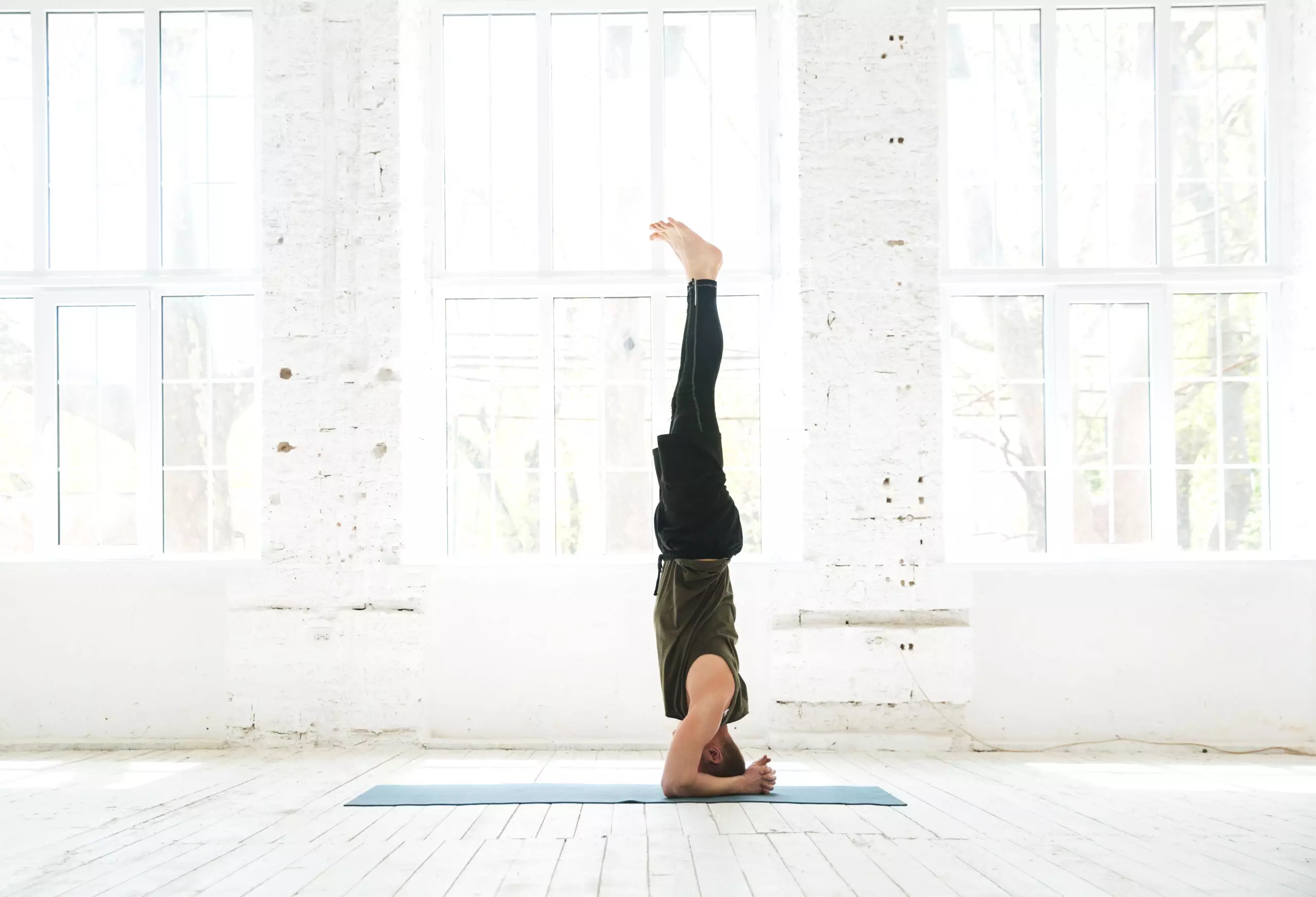Stretching is often overlooked as an essential component of a fitness routine, but it can provide numerous benefits for your overall health and wellbeing. In this blog post, we will explore the importance of stretching, how it can improve your physical wellbeing, and tips on creating an effective stretching program for optimal results.
Introduction to the Benefits of Stretching for Fitness and Health
Stretching is a form of exercise that involves lengthening and contracting your muscles to increase flexibility and range of motion. It not only helps prevent injury but also improves circulation, reduces stress, and promotes relaxation. Regular stretching can also help alleviate chronic pain, such as lower back pain or neck stiffness.

The Importance of Warm-Ups and Cool Downs in Exercise Routines
Warm-ups and cool downs are crucial components of any workout routine, including stretching. A warm-up prepares your body for exercise by increasing blood flow and raising your heart rate. This helps prevent injuries and allows you to perform at your best during your workout. On the other hand, a cool down helps bring your heart rate back down and prevents dizziness or fainting after exercising.
How Regular Stretching Can Improve Your Overall Physical Wellbeing
Regular stretching can have a significant impact on your overall physical wellbeing. It can improve posture, Balance, and coordination, which can reduce the risk of falls and injuries. Additionally, stretching can enhance athletic performance by improving mobility, agility, and speed. Furthermore, regular stretching has been linked to improved sleep quality, reduced stress levels, and increased energy levels.
Walking as a Form of Low Impact Cardio: A Great Way to Complement Your Stretching Routine
While stretching is an excellent way to improve your physical wellbeing, adding low-impact cardiovascular activities like walking can further enhance your fitness goals. Walking provides many of the same benefits as running without putting as much strain on your joints. It’s easy to incorporate into your daily routine and can be done almost anywhere.
Conclusion: Tips on Creating an Effective Stretching Program for Optimal Results
Creating an effective stretching program requires consistency and variety. Here are some tips to get started:
1. Start with a warm-up to prepare your body for stretching.
2. Hold each stretch for 30 seconds to one minute, focusing on areas that feel tight or need improvement.
3. Incorporate dynamic stretches, such as leg swings or arm circles, to improve mobility and range of motion.
4. End with a cool down to bring your heart rate back down and prevent dizziness or fatigue.
5. Vary your routine regularly to target all major muscle groups and avoid boredom.
In conclusion, stretching is an essential component of a well-rounded fitness routine. By incorporating stretching along with low-impact cardio activities like walking, you can improve your physical wellbeing, reduce stress levels, and promote relaxation. Remember to start slow, listen to your body, and create a varied and consistent stretching program for optimal results.








